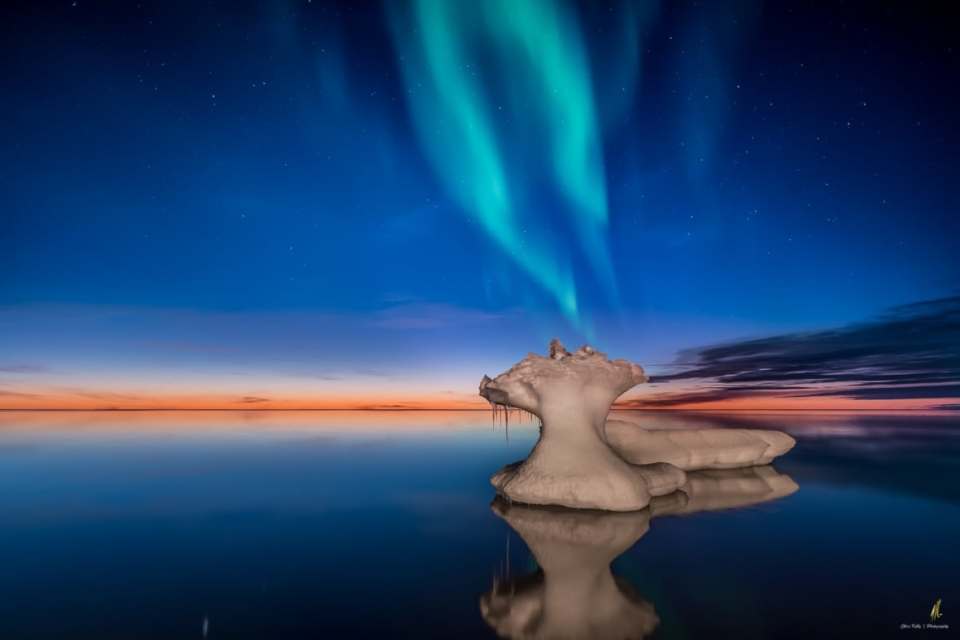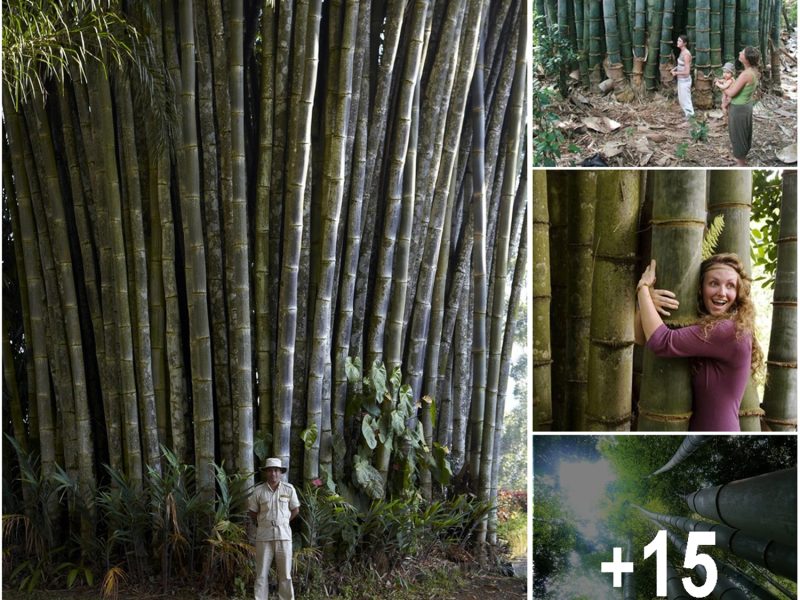Tuktoyaktuk is a tiny hamlet of less than 1,000 people which is situated on the icy shores of the Arctic Ocean in Canada. The name Tuktoyaktuk is an indigenous word which roughly means “looks like a caribou.” Locals believe that this name emerged from several large reefs which resemble caribou who have been seemingly frozen by the frigid waves of the Arctic Ocean.
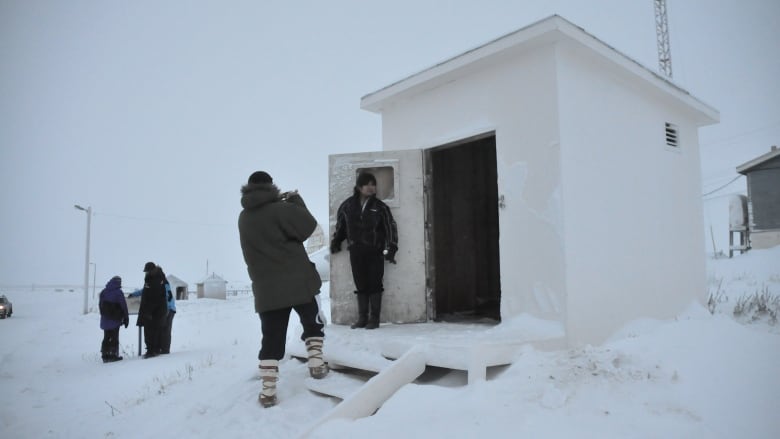
The entrance to the Tuktoyaktuk icehouse is an unassuming white shed. Since 2016, it’s been closed to tourists, but photographer Chris Kelly got a rare look inside.
The Inuvialuit people who have lived in and around Tuktoyaktuk for thousands of years are avid hunters who harvest the meat of whales, caribou, and geese. In the mid-20th century, the people of Tuktoyaktuk decided that they needed a natural freezer that would ensure that their perishable food stayed fresh through the seasons. Thus, the Tuktoyaktuk Icehouse was born.

The door to a storage unit inside the Tuktoyaktuk icehouse. (Chris Kelly)
The Tuktoyaktuk Icehouse is a narrow man-made cave that extends nearly 30 feet underground. Within the cave, there are several passages where local people can store food. The Tuktoyaktuk Icehouse was a popular tourist attraction, until local leaders decided that it was too dangerous to have a constant parade of onlookers descending down a slick frozen ladder into a dimly lit tunnel with an average year-round temperature of 5 degrees Fahrenheit. These days, visitors can only enter the Tuktoyaktuk Icehouse if they are invited and accompanied by a local.
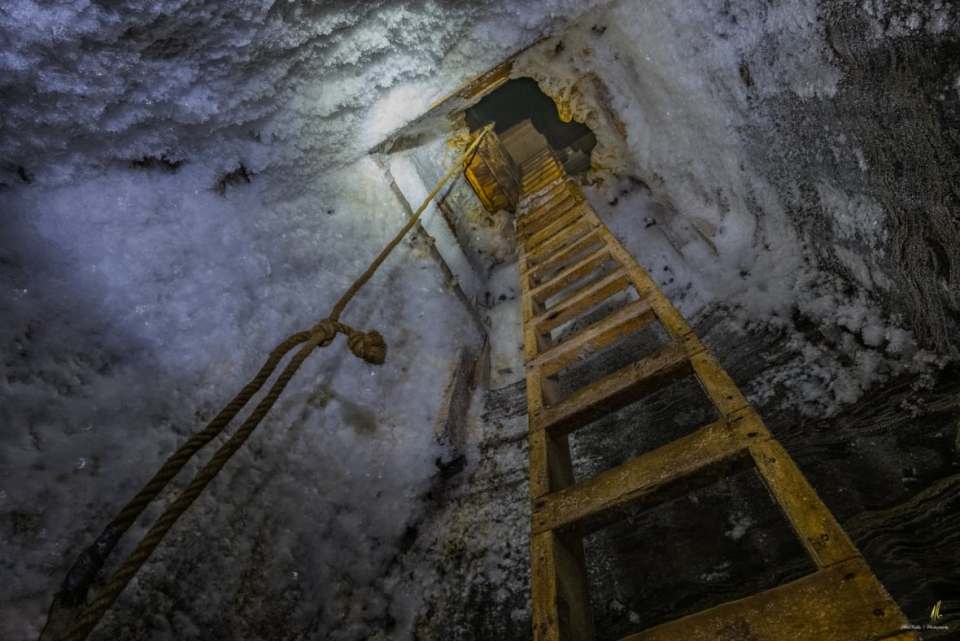
A look up the ladder used to access the Tuktoyaktuk icehouse, deep below the ground. (Chris Kelly)
Those who are fortunate enough to be invited to explore the Tuktoyaktuk Icehouse are in for a treat. The narrow passages of the Tuktoyaktuk Icehouse are lined with delicate ice crystals that sparkle when exposed to light. The icehouse is so cold that chunks of ice crunch underfoot each time a new visitor enters the space.
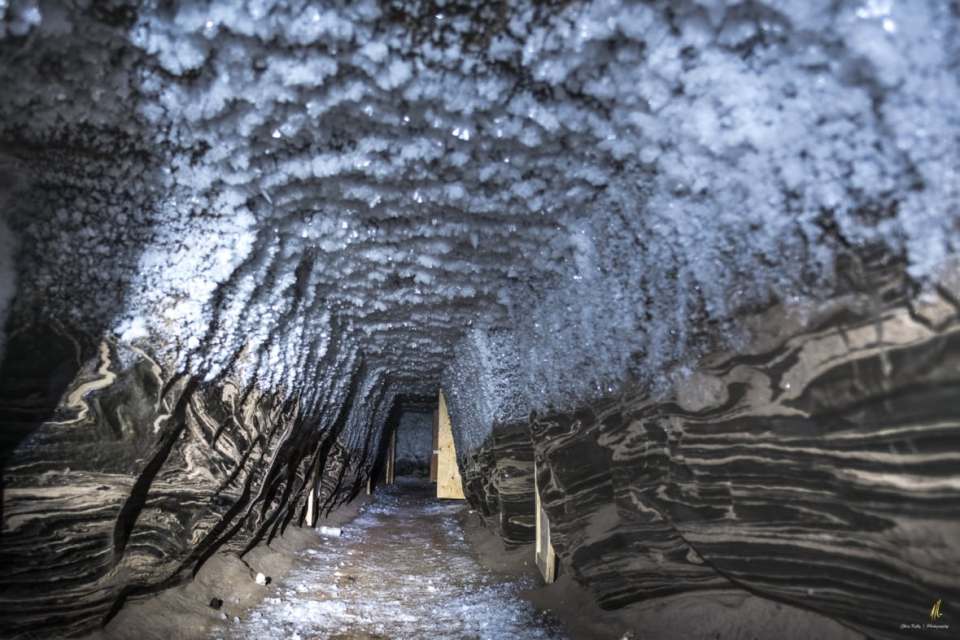
A look down one of the claustrophobic halls of the Tuktoyaktuk icehouse. Frost crowds the ceiling and walls, while sand-like ice crystals are scattered on the floor. (Chris Kelly)
Visitors and Tuktoyaktuk residents who descend into the Tuktoyaktuk Icehouse to fetch a cut of caribou meat must proceed with extreme caution. The space is narrow and slippery. There are a network of ropes and pulleys to help residents remove large cuts of meat from the lower passages. A single wooden ladder is the only way in and out of the icehouse.
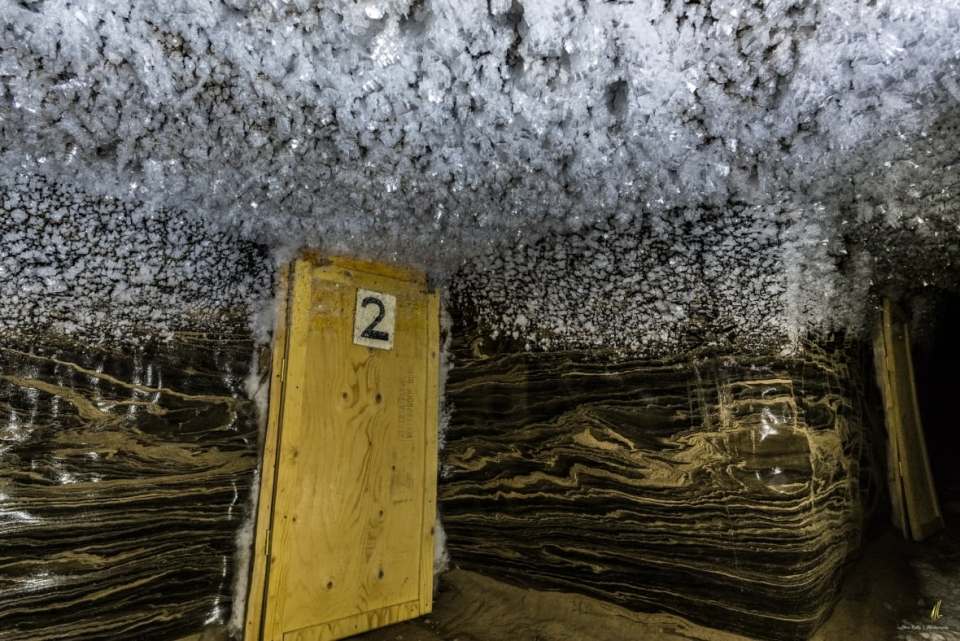
A door to a storage unit in the Tuktoyaktuk icehouse. (Chris Kelly)
Walking the frozen halls of the Tuktoyaktuk Icehouse is like embarking on a mini Arctic exploration expedition. A polar bear certainly won’t eat you but you may still slip and break your leg in a subzero environment. Many visitors who have gazed in wonder at the twinkling ice crystals that line the walls of the icehouse will enthusiastically tell you that the 30-foot descent into a slim ice cave is well worth the risk.
